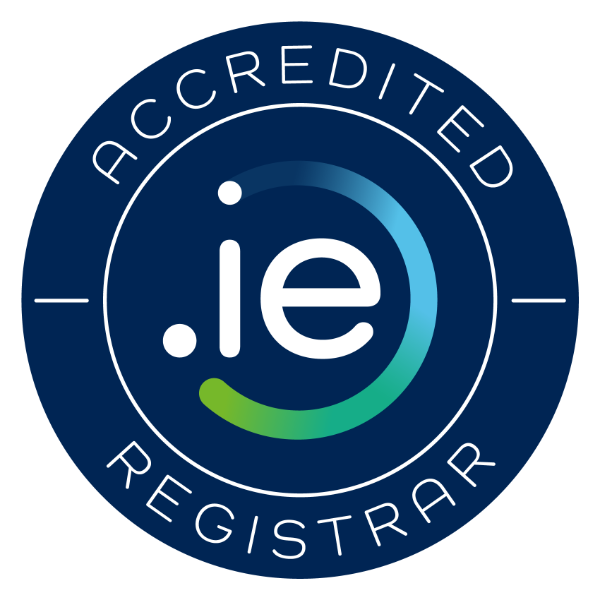In the next part in our Setting Up A Small Online Business 2020 – The Essential Steps, we need to look at the subject of goals.
Goals are essential if you want to measure the success of a website. Without goals success boils down to your word against someone else’s. This is not an approach we’d recommend as a digital strategy!
If you can’t measure it, you can’t manage it!
So what are goals and how do you measure them. Goals are objectives you expect people to reach or complete on your website. These goals need to be managed otherwise it will be impossible to manage them.
For example, a goal could be you’d expect someone to land on a specific page each time.
Lets say you have a profile page for your company and you want to measure its popularity by the number of times it is viewed.
You can also set time limits to goals as to the duration you’d expect each user to remain on a page.

Physical Goals
Goals on a website may also be physical. If you are an eCommerce store owner you may be interested in the number of products you sell or if you are a self published author you will want to know how many books have been downloaded.
So now we know what goals are in the online world, how do we make achieving them as as easy as possible for users landing on your online pages. In understanding goals in this context, you must also look at web usability.
Web Usability – Making it Easy for Users
Web usability is the way information is presented in a clear and unambiguous way on a website. In more detail this means:
- Menus should be clutter free and there should be clear navigation paths to the goals you want your users to achieve.
- Sticking to what works already – have a look at other successful websites who get usability right and adapt your website along the same lines.
- Being Consistent – for example if your menus appear in a certain way, make sure that experience is consistent throughout the site so as not unnerve the user.
- Ensuring that the user has the shortest number of clicks in getting to goals. Attention spans on the web are notoriously short so you only have a narrow window in order to achieve your objectives.
- Ensuring that the architecture of your site facilitates rather than hinders these objectives. If users to your site are not completing these goals, then something in your site layout is failing.
- Taking your visitors by the hand. Don’t expect your visitors to explore your site all on their own. Instead, guide them through your site and show them what you have to offer.
Getting mobile right
Checking how your website displays on mobile phone and tablet screens. It is worth bearing in mind that people today spend more time on their mobile phones than they do on their desktop PC’s. Websites display differently on both devices and can impact on the way your goals are delivered.
The way we work around this at thehostingpool.com is to use responsive design templates that allow websites to adjust to the width of the screen
In our next post we will explore what having a website gives a company in terms of trust and credibility when it comes to attracting customers
Pat Hughes
Digital Marketing /IT Specialist
thehostingpool.com
hehostingpool.com/team-view/pat-hughes/
or
Connect with me on:
twitter.com/patjhughes1
https://twitter.com/thehostingpool
www.linkedin.com/in/patjhughes/
https://www.linkedin.com/company/11556502
https://www.facebook.com/thehostingpool




